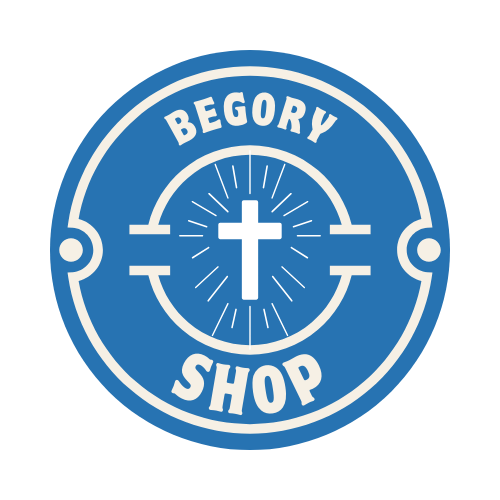
Celebrating Coptic Heritage: A Rich Tapestry of Faith, Culture, and History

The Coptic heritage, with its deep-rooted traditions and vibrant culture, stands as a testament to the resilience and faith of a community that has thrived for nearly two millennia. Originating from Egypt, the Coptic Orthodox Church represents one of the oldest Christian denominations in the world, tracing its lineage back to the apostle Mark, who is believed to have founded the church in Alexandria around 42 A.D. Today, Copts around the world continue to honor and celebrate their unique heritage, preserving ancient practices, languages, and traditions that have been passed down through generations.
The Origins of Coptic Christianity
The term “Coptic” derives from the Greek word “Aigyptios,” meaning “Egyptian,” which later evolved to signify the Christian Egyptians. Coptic Christianity emerged in a period when Egypt was a melting pot of cultures, philosophies, and religions, under the rule of the Roman Empire. The spread of Christianity in Egypt was initially met with resistance and persecution, yet it grew steadily, becoming a central part of Egyptian identity. Over time, Copts developed a distinct liturgical tradition, characterized by its unique hymns, chants, and the use of the Coptic language—a direct descendant of the ancient Egyptian language written in Greek script.
Art and Architecture: A Testament to Devotion
Coptic art and architecture reflect a unique blend of ancient Egyptian and Greco-Roman influences, evolving into a distinctive style that is recognized worldwide. Coptic icons, for instance, are renowned for their spiritual depth and symbolic richness. These sacred images, often depicting Christ, the Virgin Mary, and saints, are not merely decorative but are considered windows to the divine, meant to inspire contemplation and prayer.
Coptic churches, with their basilica-style architecture, intricate woodwork, and ornate iconostasis (a wall of icons and religious paintings), serve as living monuments to the community’s faith and artistry. The use of natural materials and symbolic motifs, such as the lotus flower and the ankh (a cross with a loop at the top symbolizing life), further connects Coptic Christian art to its ancient Egyptian roots.
Language and Liturgical Tradition
The Coptic language holds a sacred place in the liturgical life of the Church. Although it is no longer a spoken language in everyday use, Coptic remains the liturgical language of the Coptic Orthodox Church. It is used in prayers, hymns, and readings during the Divine Liturgy, preserving the linguistic heritage of ancient Egypt. Learning Coptic is considered a spiritual exercise, a way of connecting with the early Christian martyrs and saints who first worshiped in this language.
Feast Days and Festivals: Expressions of Faith and Community
The Coptic calendar is rich with feast days and festivals that commemorate significant events in Christian history, the lives of saints, and the miracles of Christ. Major feasts include Christmas (celebrated on January 7th), Easter, and the Feast of the Nayrouz, which marks the Coptic New Year and commemorates the martyrs who died for their faith.
These celebrations are more than mere rituals; they are communal experiences that strengthen bonds within the Coptic community. Through fasting, prayer, and joyous gatherings, Copts express their shared identity and resilience in the face of historical challenges. The rituals associated with these feasts are a blend of religious devotion and cultural tradition, passed down from generation to generation, ensuring that the spiritual and cultural heritage of the Copts remains vibrant and alive.
The Coptic Diaspora: A Global Community
Over the centuries, the Coptic community has faced periods of persecution and migration, leading to the establishment of Coptic diaspora communities worldwide. Today, Copts can be found across North America, Europe, Australia, and beyond, bringing their rich cultural and religious traditions with them. The Coptic Orthodox Church continues to be a focal point of community life in these diaspora settings, where churches often serve as cultural hubs, offering language classes, cultural events, and spiritual guidance to help preserve the Coptic identity.
Despite being far from their ancestral homeland, the Coptic diaspora remains deeply connected to Egypt and the broader Coptic heritage. Through modern technology, social media, and community organizations, Copts around the world stay connected, sharing in their traditions, celebrating their faith, and advocating for the rights and recognition of their community both in Egypt and globally.
Preserving Coptic Heritage for Future Generations
The preservation of Coptic heritage is not just about maintaining traditions but also about fostering a sense of identity and continuity in a rapidly changing world. Efforts to document and study Coptic history, language, art, and liturgy are crucial for keeping this rich heritage alive for future generations. Educational initiatives, museums, and cultural centers dedicated to Coptic studies play a significant role in raising awareness and appreciation of this ancient tradition.
Coptic heritage is a vibrant tapestry woven from threads of faith, culture, and history. It is a living heritage that continues to inspire and unite Copts around the world, offering a profound sense of identity and belonging. By celebrating and preserving this unique tradition, Copts honor their ancestors and pass on a legacy of resilience, faith, and cultural richness to future generations.
Conclusion
The Coptic heritage is a remarkable blend of history, faith, and culture that has endured for nearly two thousand years. It embodies the spiritual depth, artistic creativity, and unwavering resilience of a community that has faced countless challenges yet remains steadfast in its devotion and traditions. As Copts around the world continue to celebrate and preserve their heritage, they ensure that the rich tapestry of their culture remains a source of inspiration and pride for generations to come.


